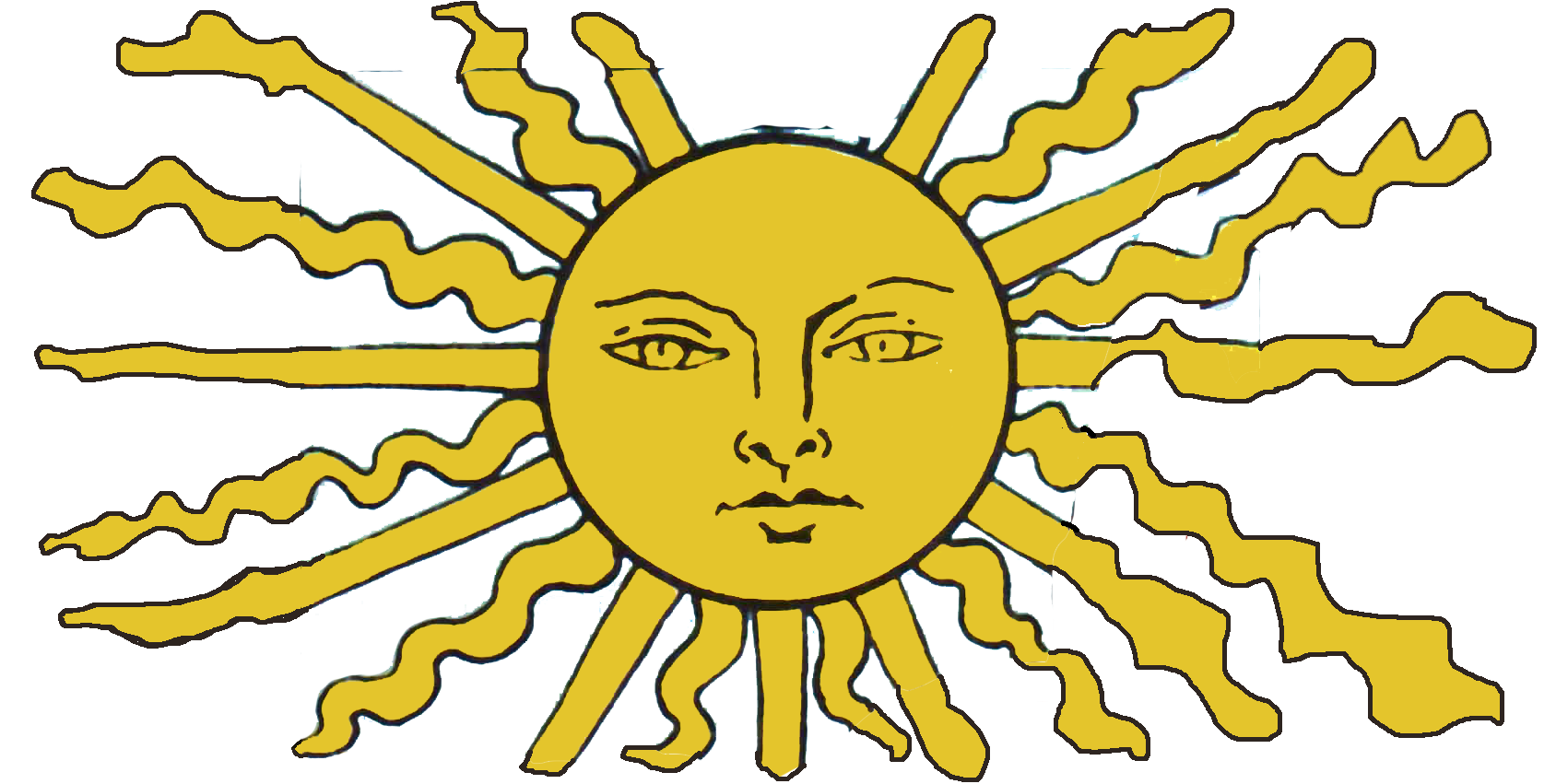
TAROT
A Tarot set consists of 78 tarot cards divided into the major arcana, which consists of 22 cards, which are said to be symbolic of 22 trials a person must go through in order to gain insight and understanding of himself and the context of the universe. The court cards, consisting of 16 cards, which refer to people who are important in our lives and what we want to master. And the little arcana, which consists of cards 1-10 in the four series: Wands, Cups, Swords and Coins
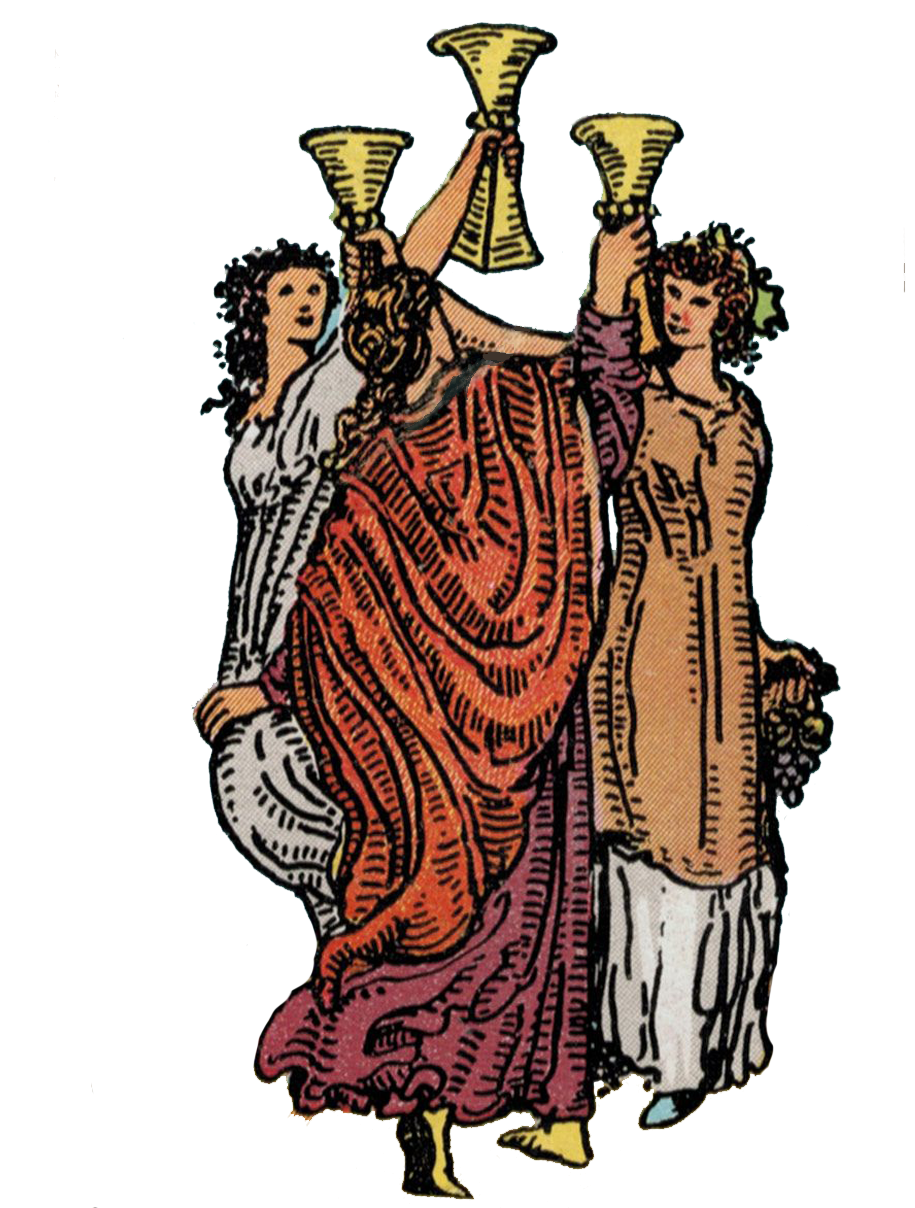
MAJOR ARCANA
Arcana Major means the great secrets/mysteries. The goal is to lead man from unconsciousness to being a part of the greater that we came from. Symbolized by The Fool, which is the first card in the Major Arcana, to become a conscious part of the greater that we came from, symbolized by the Universe, which is the last card in the Major Arcana. The Major Arcana thus describes man’s full spiritual development process through the rebirths – towards becoming again part of the divine energy from which he originally sprang.
The twenty-two cards can be seen as images of development paths, universal principles, universal experiences, which each and every person should acquire during his life.
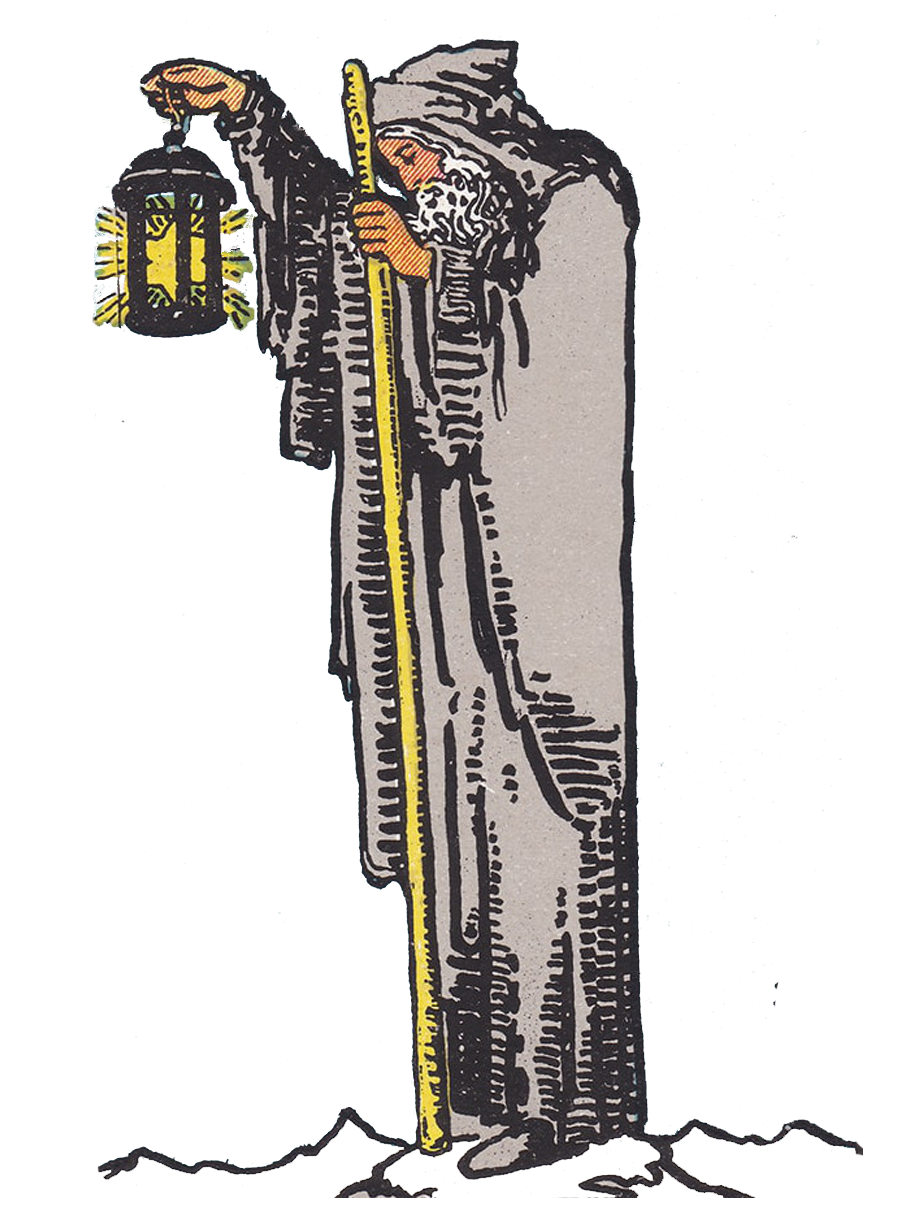
COURT CARDS
The Court Cards are 16 cards that demonstrate mastery at various levels of consciousness. If a court card is drawn, it shows that championship at a certain level has been realized and is current in the situation in question. The Hofkort’s series shows the current level of awareness of the championship. takes place or is demonstrated.
Each individual has within him a basic mastery on one of the four levels. This plan is our starting point for learning and learning from us. The planet is determined by the name we were given at birth and is found by counting the letters in your full birth name.
In addition to mastery, the court cards symbolize important people in our lives who act as an “external mirror” for our inner mastery. The king and queen in a series will show us people who are our own age or older, while the prince and princess will show us people who are our own age or younger.
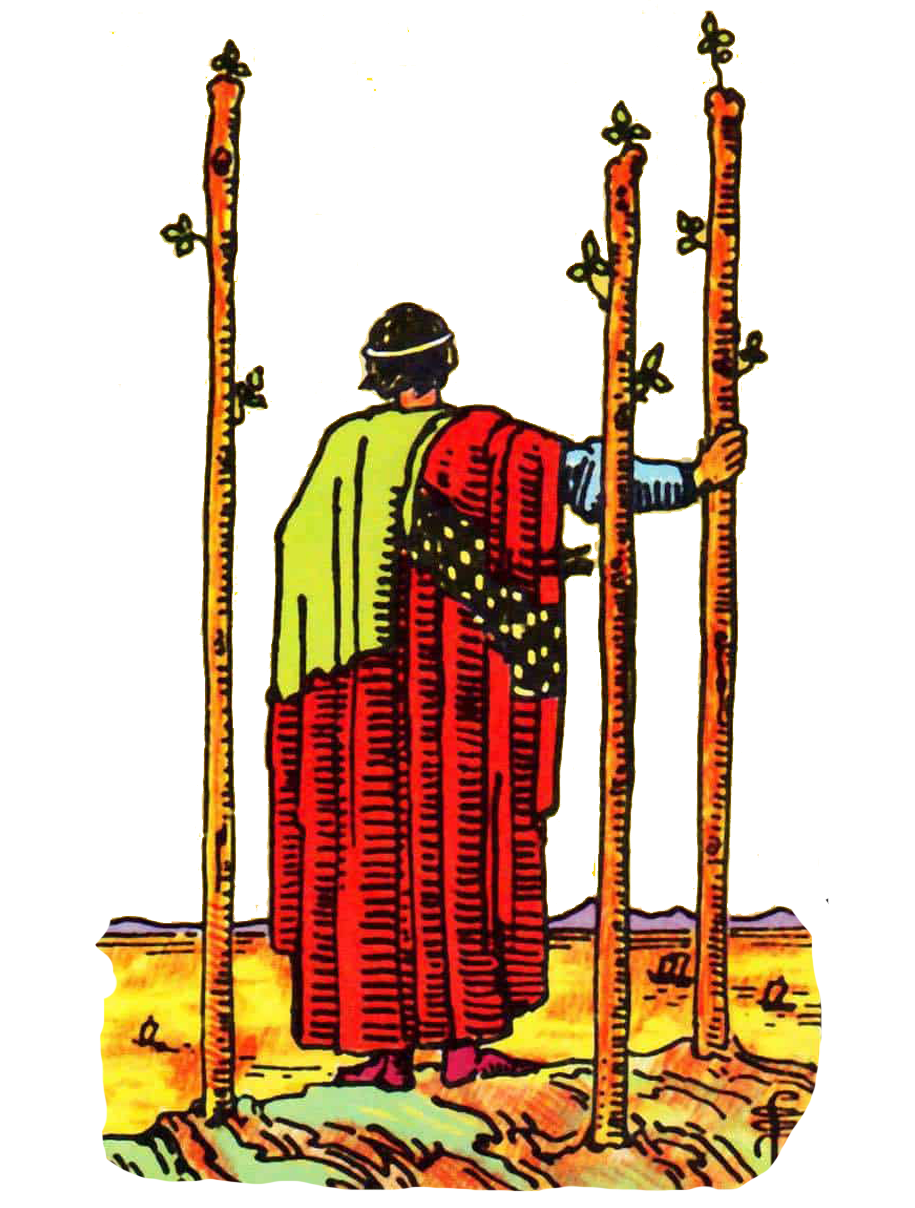
MINOR ARCANA
The Minor Arcana consists of 40 cards, divided into the four categories; Wands, Cups, Swords and Coins. Each of the four categories consists of 10 cards representing different aspects of the personality. Swordsrepresent the mental plane Cups the emotional plane. Wands the spiritual plane. Coins the physical plane.
Thirteen of the forty cards are challenges, tests that can develop you as a person. The other twenty-seven cards from the Minor Arcana are there to face and cope with these challenges.
The thirteen challenges are distributed so that six are in the intellect, i.e. within the Swords. Three are emotional reactions to the thoughts of the intellect. Which thus means that three of the challenges lie within the Cups, as these represent the emotional plane. Two affect the energy or the way you look at things (the Wands) and two affect our outer reality (the Coins).
The thirteen challenges can be considered as topics in our inner self that we have to work with. But to fight with these thirteen challenges – thirteen beasts if you like – there are twenty-seven gifts, talents that are much greater and which can overcome these challenges.
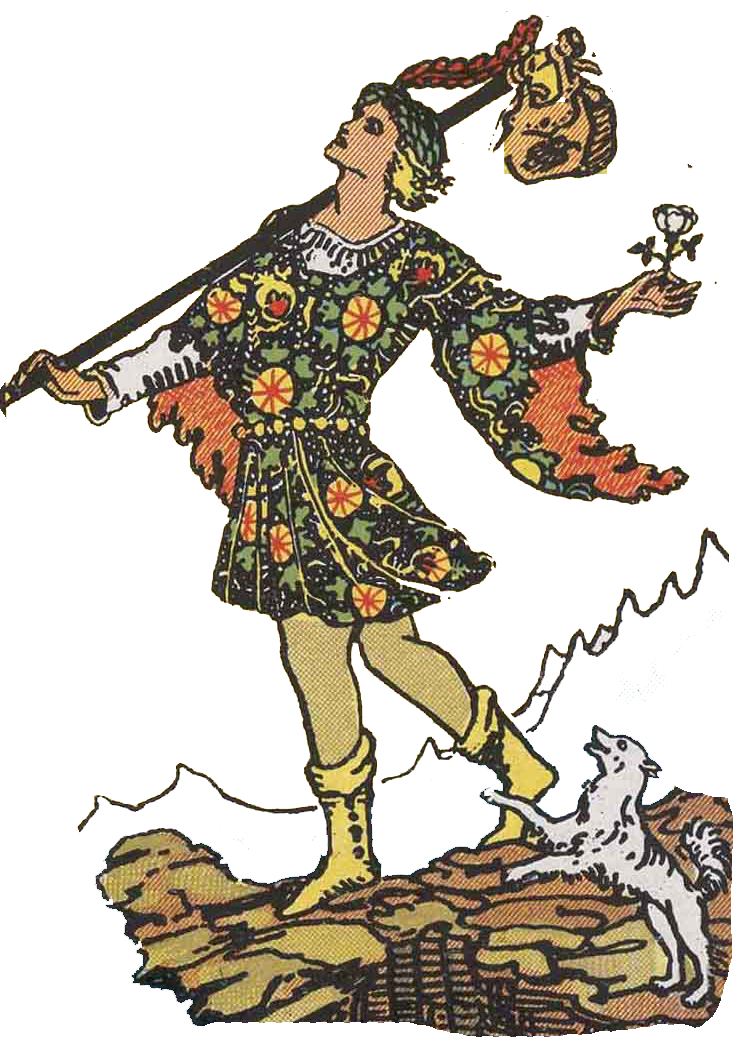
An overview of some of the many different tarot cards was created by the Americans Stuart R. Kaplan, who in 1968 started importing the Rider-Waite cards to America, and from there developed into one of the world’s most persistent collectors of tarot cards.
Kaplan has written over thirty books about tarot cards – including the four-volume work “Tarot Encyclopedia”, which describes and shows illustrations from around 3200 tarot sets from the late 16th century to the present day.
Kaplan goes to great lengths to present, among other things, an overview of the oldest tarot cards we know of. These originate from Northern Italy and were produced at the behest of the Visconti and Sforza families.
The Visconti family reacted 1277-1447, after which Milan was briefly declared the Republic of Ambrosia, before Francesco Sforza – son-in-law of the last of the Visconti princes – in 1450 regained power and established the principality Sforza. This will continue until 1499, when the French King Louis XII wanted to declare himself Duke of Milan, and then the party was over.
Of the tarot cards that the Visconti and Sforza families had the famous painters of the time produce, 15 more or less complete sets have been preserved today.
They are named after the places where they are kept – the Morgan Museum in New York, in the Bergamo Museum, in the city of the same name, which is located about forty km northeast of Milan, as well as a private collection belonging to the princely family Colleoni, also in Bergamo. Collectively, they are referred to as the Visconti-Sforza tarot sets.
Historically, they are very interesting as they are considered the first existing tarot cards. For example, it is assumed that the reason why tarot cards are slightly larger than ordinary playing cards is a remnant from these first hand-painted tarot cards, which were relatively large (9 x 17.5 cm).
Another strange feature is that in these original tarot sets there is a difference in how many and which tarot cards are included. Some suggest that the reason why The Devil and The Tower are not found in some of the surviving Visconti-Sforza sets is that these two very harsh maps were not commissioned by the princes to spare sensitive women and children. Others point out that since the characters on the tarot cards all represent members of the Visconti-Sforza families, there are probably not some who wanted to be associated with these very serious cards.
This is probably part of the truth, but to better understand what types of tarot cards existed then and how they have developed into what we associate with tarot cards today, we must seek to follow the development through history.
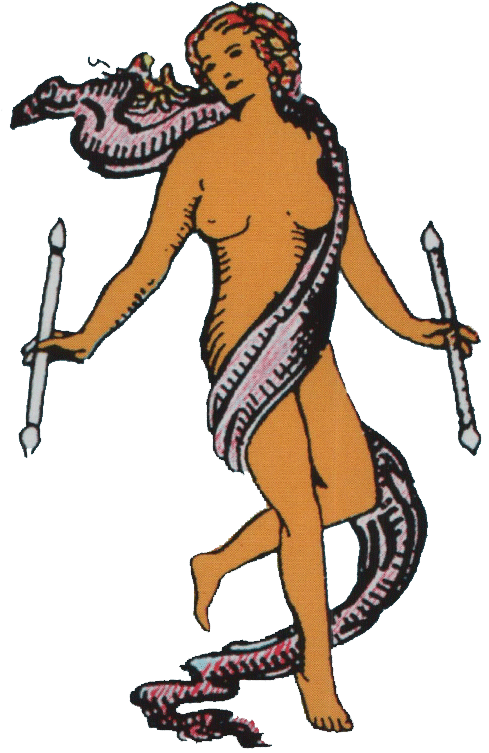
The origin of ordinary playing cards is believed to be China, since it was they who invented paper over 2000 years ago. To be sure, the Egyptians had already figured out around 5000 years ago to pound together large sheets of the pith from the papyrus plant, and in that way produce papyrus to write on. But it was the Chinese T’sai Lun who came up with the idea of chopping up plants, stirring them up in water and pouring the mixture onto nets, thus inventing paper.
The inventive Chinese subsequently found the idea of transferring the pieces of a four-person Chinese chess game to pieces of cardboard and thus also invented the first playing cards. These spread via Arabia to Europe.
Originally, tarot cards are believed to have been a game along the lines of other playing cards.
It was called “Trionfi”, which is Italian for triumphs, and in the first several centuries tarot cards were used as an entertaining card game in line with today’s bridge. The original name gradually changes to the Italian word “Tarocchi” – in German “Tarock” and in French and English “Tarot”. The original name “Trionfi” probably comes from the poem collection Canzoniere, written by the great Italian poet Francesco Petrarca (1304-1374).
In the collection of poems we find a very beautiful poem about Petrarca’s great love Laura. He meets her in his youth, which he spends at the papacy in Avignon. Heartbroken, Petrarca declares his love, but Laura is married and rejects him. Shortly after, she dies of the black plague. Petrarch immortalizes this unhappy love story later in the poem: I Trionfi – Triumphs.
Here Petrarca tells of six triumphs, each riding in a separate chariot, each triumphing over the previous one. First comes the Triumph of Love – love in the form of Cupid defeats gods and men, but is nevertheless defeated by Chastity, just as the married Laura rejected Petrarch. Chastity becomes the victim of Death’s triumph, in the same way that the chaste Laura died of the Black Death. Fame triumphs over Death as Laura’s memory lives on, but even Laura’s fame will eventually succumb to the Triumph of Time. Finally is The Triumph of Eternity, where Petrarca and Laura are resurrected – united in eternal life.
These trumps are essential in understanding some of the logic behind the tarot cards. What separated Trionfi from ordinary card games were precisely the twenty-two trump cards. The lowest trump can trump all non-trump cards, but can itself be trumped by a higher trump card. It is very interesting to note that the trumps beat all the regular cards. And since the highest ordinary card is the king, all the images on the trump cards represent something that is “greater than kings“.
It explains that the first third of major arcana contains people who have a higher rank in society than the king (The Empress, The Emperor, The High Priestess, The Hierophant). The next third contains some human virtues (Temperance, Justice and Strength) – and spiritual concepts that are greater than any human (e.g. love symbolized by the lovers), and the last third b> contains celestial (The Star The Moon The Sun and the Universe) and religious Christian concepts (God’s Tower, Death, Judgment, and the Devil) that trump everything else.
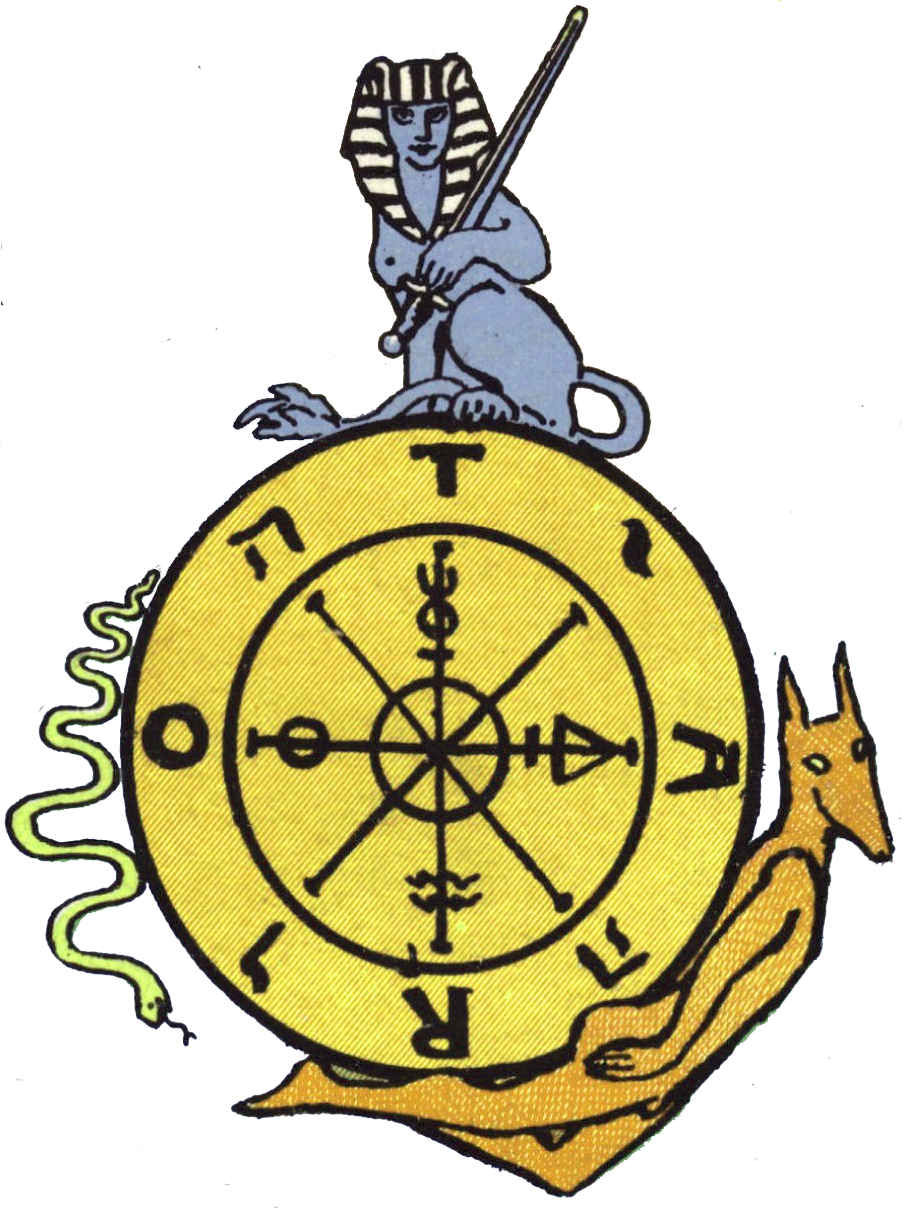
THE SPIRITUAL DIMENSION
Most agree that it was not until after the first French Revolution that tarot cards were attributed with spiritual abilities. For a long time, the French had been dissatisfied with, among other things, the nobility’s and the church’s freedom from taxation, and that the bourgeoisie and peasants were kept outside of all political power. When France was threatened by state bankruptcy in the 1780s, the king tried to counter the threats by calling an assembly of estates in Paris in the spring of 1789.
The intention was only to raise funds to overcome the crisis, but instead the participants of the assembly took the initiative and started the first French Revolution, which would last until 1799, when Napoleon Bonaparte became so tired of the various parties failure to agree that he took power in a coup d’état.
Along the way, Louis the 16th and the destitute Queen Marie Antoinette, in 1793, had been publicly executed in the guillotine. The French Revolution was a landmark in that it marked the final rise of the bourgeoisie as political power, and heralded a new era in which the old powers (the autocracy, the nobility and the church) were, if only for a time, put outside their influence. The new ideas about popular government and human rights were extensively discussed and, in general, a search was made throughout Europe for a new understanding of the world and new political and economic social models. < /span>
In this atmosphere of free thinking, there were some who delved into some books written by the French author Antoine Court de Gebelin (1719–1784). This one had taken an interest in tarot cards and had come to the conclusion that they were carriers of timeless esoteric wisdom. He had arrived at this by studying the origins of numerous words and symbols from ancient civilizations. Gebelin was fascinated by how many great civilizations and empires had existed in the past and studied these, based on their use of language and symbols.
He published his studies in a series of etymological dictionaries from 1776 onwards (Etymology is the study of either the origin and development of words or the origin of a single word).
However, we must go back to another series of books he had published from 1973 onwards, to find the reason why Gebelin is considered one of the very first originators of today’s occultism and spirituality – and including, in particular, for the originator to tarot cards begin to be given a spiritual meaning.
From 1773, Gebelin had published his thoughts on earlier civilizations in the work “The primitive world, analyzed and compared with the modern world”. In Volume VIII of this series he includes the section on tarot cards, which is to assume colossal importance.
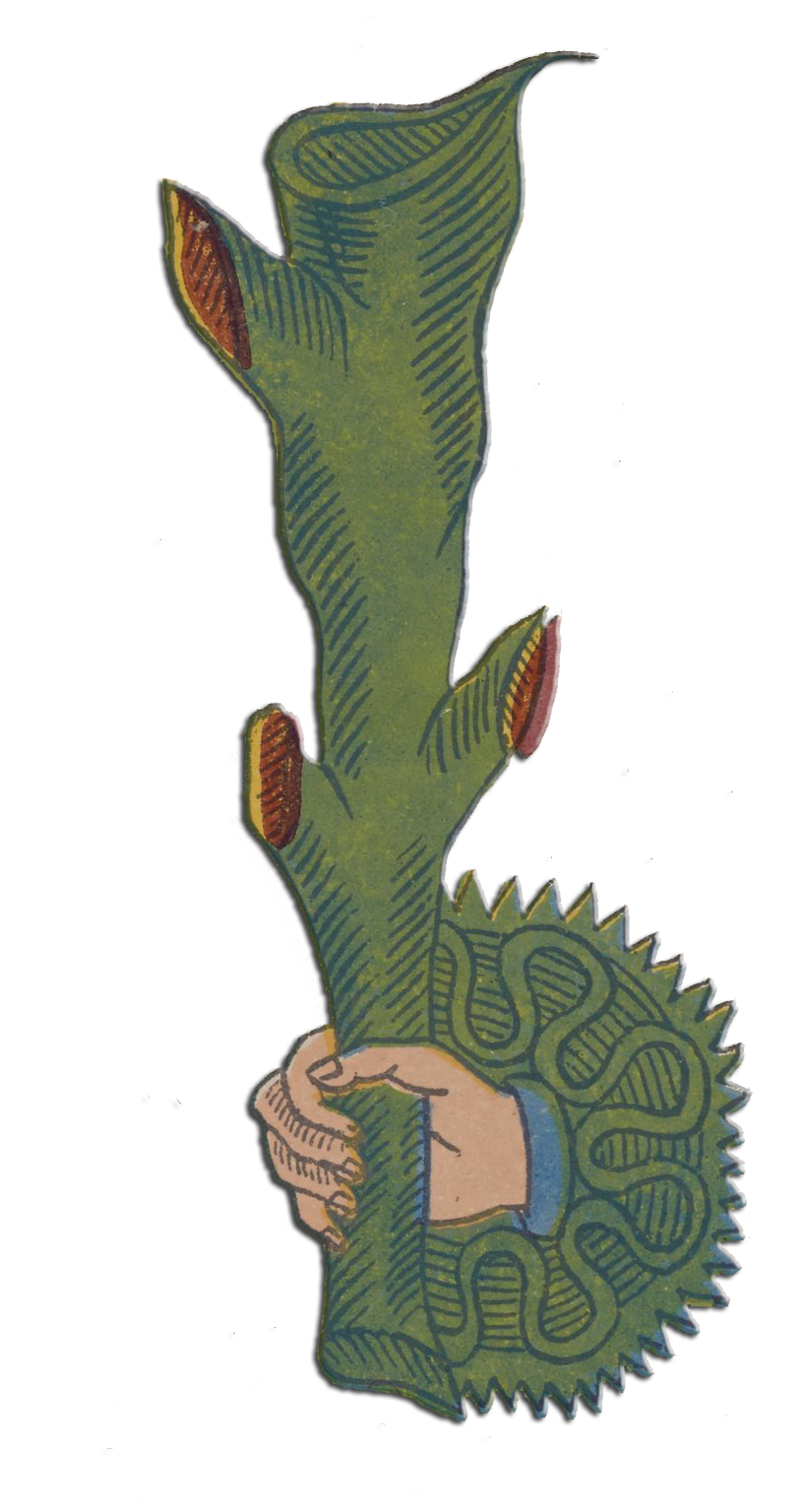
This is where he describes tarot cards as carriers of timeless esoteric wisdom. More specifically, he claims that the cards in the major arcana are in fact the Book of Thoth, which he argues by pointing out that the word tarot in ancient Egyptian – i.e. the hieroglyphs – means Thoth, and by the way he also claims that Paris was formerly home to an Egyptian sanctuary, which he argues for by claiming that the word Paris in ancient Egyptian means Isis, i.e. the Egyptian goddess of women, childbirth, death and the sea.
Linking the tarot cards with the ancient Egyptians and claiming that the major arcana is in fact the book of Thoth, would have colossal significance for the perception of tarot cards, as more than just playing cards.
The Egyptian god Thoth was the supreme and greatest of the gods. He is considered to be the god of wisdom and the inventor of the art of writing – the Egyptian word for hieroglyphs means “word of the gods”. In his many books, he keeps track of all knowledge, such as the number of stars in the sky. When the verdict on a death is pronounced, it is Thoth who records it in his books. But he has also written a book himself. And certainly not just any book. In it he describes how to control the universe and how an ordinary mortal can see and contact the gods as their equal.
This is called the Book of Thoth, and was originally supposed to have been kept in the legendary library of Alexandria, where it was available to the chosen few. After the library perished, most stories about the Book of Thoth slowly died down, until Gebelin claims that the information in it has survived in coded form through the tarot cards.
It was not far from here and then to connect the Jewish Kabbalah to the tarot cards. As you might know, the Jews were held captive by Pharaoh Ramses II, and God had to send Egypt no less than ten plagues before Ramses let Moses and the Israelites go. It was therefore easy to imagine that the Jews had taken knowledge of the tarot cards with them from Egypt.
The French occultist, writer and magician Eliphas Levi (1810-1875) sought to make such connections between Tarot cards and Kabbalah, connecting the twenty-two cards of the major arcana with the twenty-two letters of the Hebrew alphabet, and the four card suits with the four Hebrew letters in God’s name. Eliphas Levi made his own sketches for the cards in the major arcana, but only completed The Chariot and The Devil.
In the Lévis tarot cards, each card has been assigned its own Hebrew letter, and The Chariot is now drawn by two sphinxes, instead of two horses. The books that Eliphas Levi wrote were also to become a great source of inspiration for later occultists such as Aleister Crowley.
Numerous other references and meanings were attributed to the tarot cards throughout the 19th century. Some claimed that if you read the word tarot in the Hebrew way (from right to left), you almost get torah – which is the Jewish term for the many laws found in the Pentateuch.
Numerologists added their rules about the numbers to the tarot cards, and Rosicrucians and Knights Templar, who themselves had roots in ancient Egypt, also adopted the cards and added even more interpretative possibilities to them.
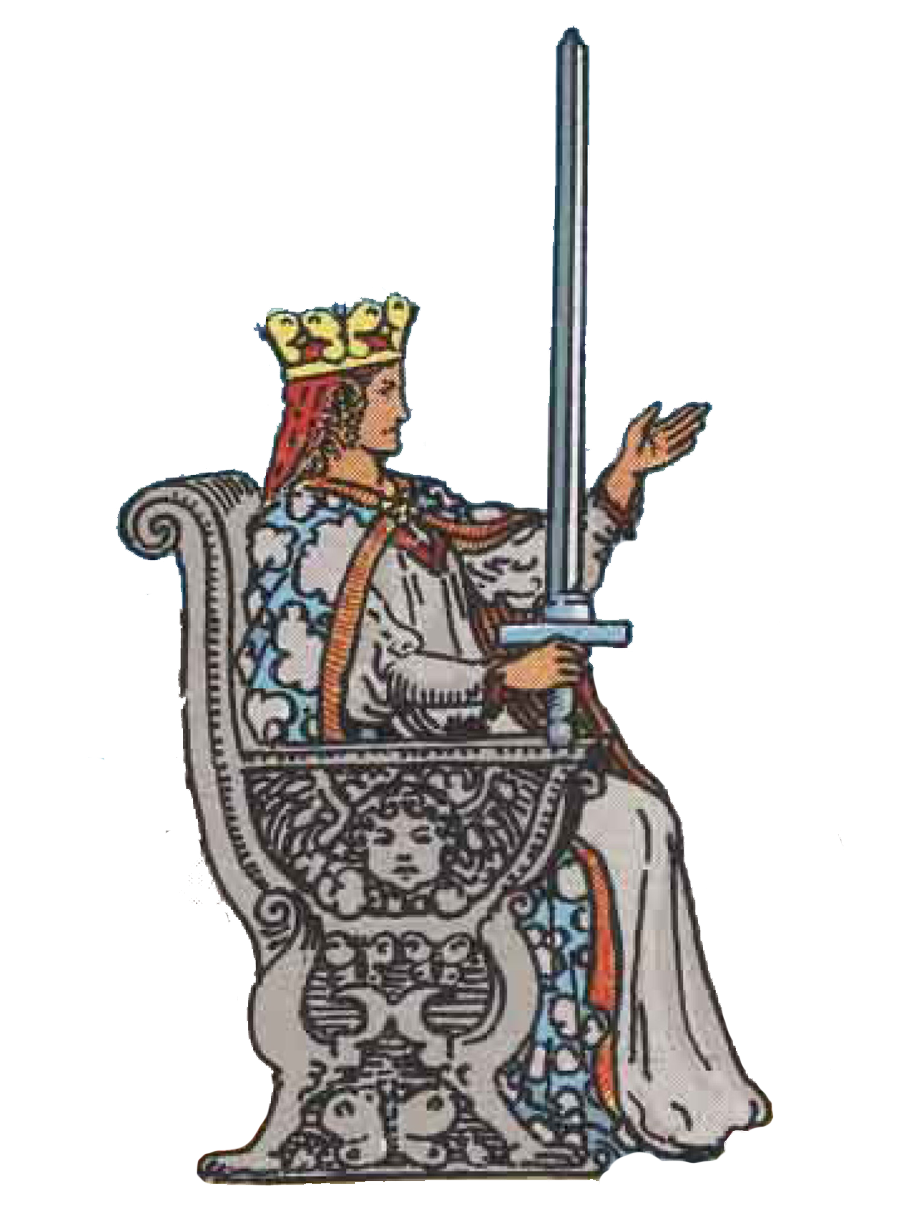
RIDER-WAITE
In 1910, the Rider-Waite tarot set was published – named after the publisher (William Rider) and the author of the descriptions of the tarot cards (Arthur Edward Waite). This overlooks the illustrator Pamela Colman Smith, which is unfair, as today we do not know how accurate descriptions she was given to work from. And thus not knowing how much of the design should actually be credited to Pamela.
The tarot set was accompanied by the book “The Pictorial Key to the Tarot”, in which A. E. Waite uses the first part to review the history of the tarot cards, in which he reaches the same conclusion as above, namely that they originated in Italy and that there are no evidence that tarot cards must have existed before the 14th century. In the middle part of the book, A. E. Waite gives a thorough review of the meaning of the individual tarot cards.
Although Waite distances himself from Antoine Court de Gebelin and Eliphas Lévi’s ideas that the tarot originated in Egypt, he nevertheless includes many Egyptian symbols in his own version of the tarot cards.
For example, The Chariot is pulled by two sphinxes. This is because in 1891 Waite became a member of the Rosicrucian lodge Order of the Golden Dawn, and these Freemasons believed that they originated from Egypt. It is thus their symbolism that Waite uses in the tarot cards.
This is also seen very clearly when one closely studies Waite’s edition of The Chariot. The star-studded canopy is a Masonic symbol that originates from the time when the Freemasons had to meet under the stars, i.e. in the open air, when they had to do their initiation rituals. The Chariot is not a chariot, but a square block of stone. A rough, unhewn block is symbolic of a Mason who is not yet fully initiated.
The moon phases on his shoulders have faces and are called Urim and Thummim. They are used by Freemasons who have them from the High Priests of the Jewish Temples. And even the coat of arms on the wagon is an inverted Masonic apron. The winged circle is the winged Egyptian god Horus, and the red spinning top is the Indian symbol for the lingham (male genitalia) and yoni (female genitalia).
The last part of the book deals with divination with the tarot cards. Divination – from the Latin divinare, “divine inspiration”, is the interpretation of signs as a means of obtaining spiritual knowledge or a spiritual basis for decision and action.
Through divination one seeks knowledge about the will of the gods, the prospects for the future, the cause of accidents, etc. Furthermore, Waite also reviews the Celtic tarot layout, which the book helped to make popular.
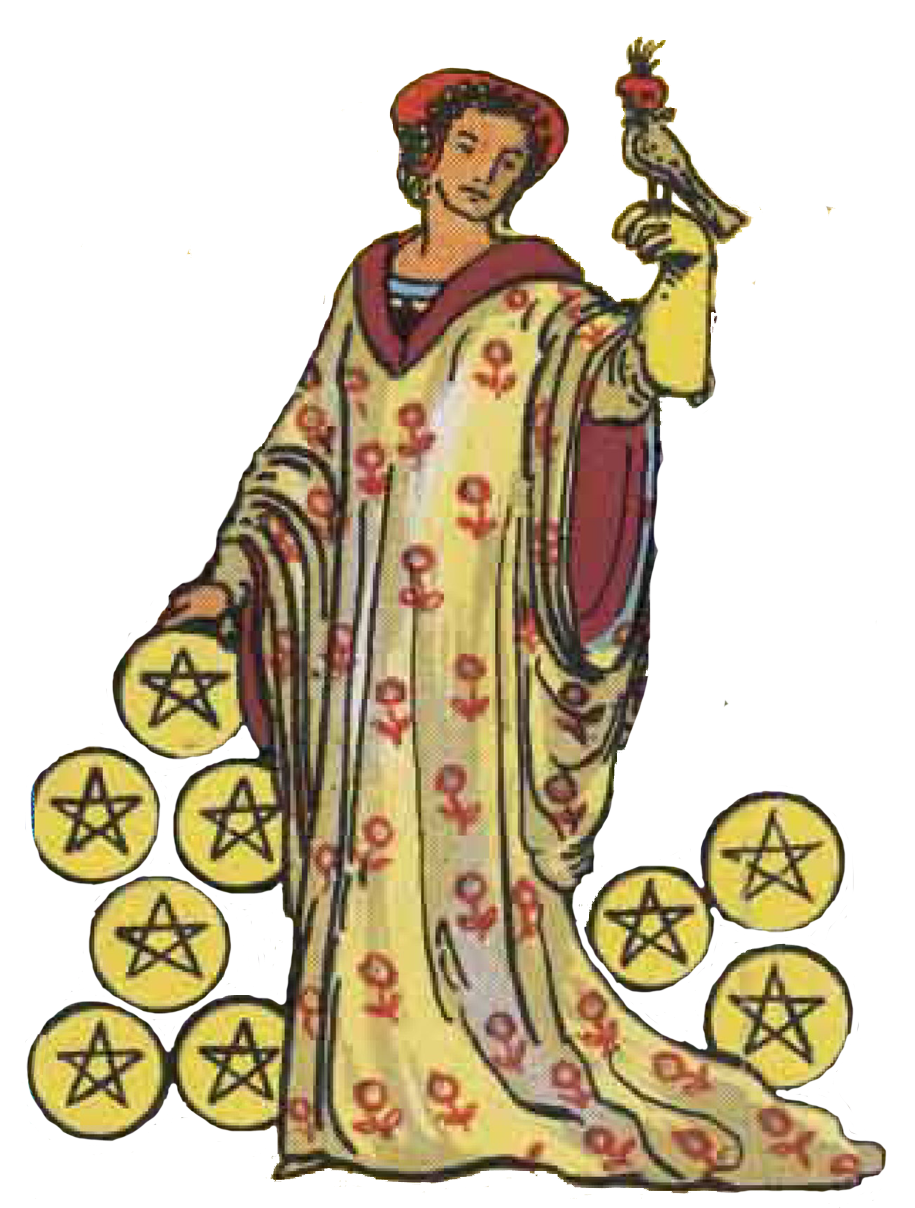
Tarot cards seeks to include all the knowledge we have at all, as a background to be able to make its recommendations. So all the knowledge in the whole world – about everything!
This is of course a bit of a mouthful of knowledge, you are thus looking to get down to 78 cards. But this is absolutely nothing new. Numerous religious systems and spiritual concepts similarly seek to form a universal frame of reference for their recommendations.
The smart thing about having gathered all the knowledge in one system is of course that you can get answers to everything from here too!
There are many ways to classify and divide all knowledge. The way tarot cards do this is by dividing everything according to whether it relates to spirit, mind or body. The three series that tarot cards are divided into – the major arcana, the court cards and the minor arcana – must thus be seen as gathering points for all the knowledge we have about each body, mind and spirit.
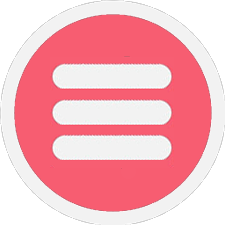 Complete
Complete
|
 Draw
Draw
|
 Essence
Essence
|
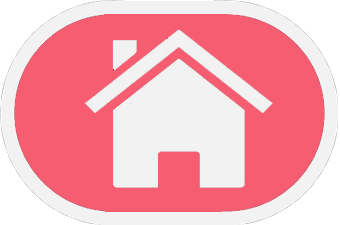
Frequently Asked Questions
Q&A | Wiki | Tarot cards, all about tarot
What can tarot cards be used for?
Tarot cards are used for divination, meditation and clarifying options in various concerns and issues. This is done by laying out maps where you can find good advice and guidance. Tarot consists of 78 cards with different illustrations.
What can you ask tarot about?
Tarot cards can in principle provide answers to everything! Since tarot cards are assumed to contain all the knowledge of the world, i.e. all the knowledge in the whole world – about everything! – you can basically ask and get answers to everything.
What can you see in tarot cards?
Tarot cards can in principle give you answers to everything. It is up to the individual card reader to deduce the answer to the question asked. This is done by interpreting the tarot cards that are drawn.
Can tarot predict the future?
In a Western view of divination, this is something invariable, something that fate has determined will happen. In an Eastern view of divination, these are possibilities and fallout groups that the future offers. Tarot cards can tell you about the future – however, this requires you to first be clear about what you want to achieve – which opportunities you want to pursue and which pitfalls you want to avoid. In this way, the tarot cards can help you with what you need to do to achieve this.
What do the tarot cards say about your future?
Tarot cards can show you opportunities you have in the future – and what you need to do to take advantage of those opportunities and what prevents you from achieving what you dream of.
What do the different tarot cards mean?
Tarot cards are divided into two categories, which are called ‘The Major Arcana’ and ‘The Minor Arcana’. Each category represents something different in relation to different areas of life. The ‘Major Arcana’ consists of 22 cards which represent the larger and longer term events in life.
Can you put tarot cards on yourself?
Yes. You can lay tarot cards on yourself. Tarot cards can be used when you have low self-esteem, job changes, problems in relationships, education choices, job interviews and in many other difficult situations in life. You can ask the tarot cards about pretty much anything where you need extra guidance.
What is the Celtic cross?
The Celtic Cross is a tarot spread. This is done by placing three cards horizontally and two horizontally so that they form a cross. Four cards are placed to the right of the cross. The horizontal ones tell about the past, present and future. The vertical ones tell about consciousness and subconsciousness. The middle of the cross tells about the core of the matter and finally the four cards to the right of the cross are used to illuminate the question from the outside.
Where did tarot cards come from?
Tarot cards originate from fifth-century Italy, where they were developed as an occult version of ordinary playing cards.
What is the oldest tarot card?
One of the first sets of tarot cards we know of was produced in the year 1428 by the painter Antonio Cicognara for the princely family Colleoni from Bergamo in Italy.
What size are tarot cards?
Tarot cards are traditionally a bit larger than regular playing cards. The most common size of regular playing cards is 63 x 88 mm, while tarot cards are often 70 x 120 mm.
What shape are tarot cards?
In addition to the regular rectangular shape, you can get circular cards. There is a wide selection of historical tarot cards at, for example, the French and Italian state museums as well as the British Museum. Here you can see that throughout history tarot cards have been produced in many different shapes and sizes.
What are the most popular tarot cards?
There are three headsets that are roughly equally popular; Marseilles Tarot Set, Rider-Waite Tarot Set and Aleister Crowley Tarot Set.
Which tarot cards should I choose?
You are free to choose between different tarot sets. In your choice, you should distinguish whether you find the tarot cards beautiful and easy to interpret. If you choose one of the three main sets – Marseilles, Rider-Waite, Aleister Crowley – there are many descriptions of the cards online.
What is the Marseille tarot card?
One of the first sets of tarot cards we know of was produced by the painter Antonio Cicognara for the princely family of Colleoni from Bergamo in Italy, in the year 1428. The Italian miniature paintings were beautiful, but difficult to interpret and as tarot cards became more widespread and popular, there need for maps that were easy to interpret. This led, at the end of the fifth century, to the creation of the Marseilles tarot set by Baptiste-Paul Grimaud, which precisely concentrated on being easy to interpret. The set quickly became popular and is used to this day.
What are Rider-Waite tarot cards?
Rider-Waite is the tarot set published by A.E. Waite in 1910 in London. The cards were designed by Pamela Colman Smith, published by the publisher William Rider and Son and are called Rider-Waite cards.
What are Aleister Crowley’s tarot cards?
Thoth Tarot is called the tarot set which was prepared by occultist Aleister Crowley (1875 – 1947). Lady Frieda Harris (1877-1962) painted the cards. The book “The Thoth Tarot Deck”, which describes and illustrates the cards, was published in 1947, but the card set itself was not published until the end of the sixties.
How old are tarot cards?
There is no evidence that tarot cards existed before the 14th century. The oldest mention of cards is a document from Bern from the end of the 14th century, which says that in 1367 a ban on “card games” was introduced. However, these are still ordinary playing cards with 52 cards. Tarot cards are only mentioned at the end of the 15th century.
What is court card?
The court cards, also called the royal symbols, are 16 cards that demonstrate mastery at different levels of consciousness. If a court card is drawn, it shows that championship at a certain level has been realized and is current in the situation in question. The Hofkort’s series shows the current level of awareness of the championship. takes place or is demonstrated.
What is the minor arcana?
The Little Arkana consists of 40 cards, divided into the four categories; Sticks, Goblets, Swords and Coins. Each of the four categories consists of 10 cards representing different aspects of the personality. The swords represent the mental plane. The cups, the emotional plane. The sticks, the spiritual plane. And the Coins represent the physical plane. Thirteen of the forty cards are challenges, tests that can develop you as a person. The other twenty-seven cards from the Minor Arkana are there to face and cope with these challenges.
 Complete
Complete
|
 Draw
Draw
|
 Essence
Essence
|
